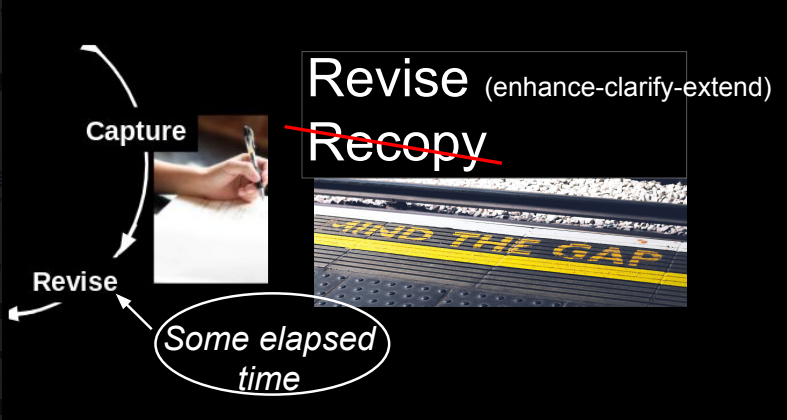Cognitive scientists have been researching what works best to assist long term memory. They have identified several strategies: retrieval, spaced practice, and interleaving. The active reading strategy known as SQ3R provides a strategy for reading and learning. This article focuses on the second R in the study system: retrieval
Retrieval is the process of accessing stored memories. There are two basic types of memory recall: retrieval and recognition. In active recall, the information must be retrieved from memory. “Retrieval practice boosts learning by pulling information out of students’ heads, rather than cramming information into students’ heads.”
The emphasis here on “active” recall requires concentrated thinking to release neurotransmitters that facilitate learning. Active recall reinforces learning because it stimulates memory to retrieve information. The resting brain uses about .2 calorie/minute; in contrast, the active brain uses about 1.5 calories/minute. Rather than passive modes of re-reading or highlighting, active recall searches memory for the information. The process occurs between the time of viewing a question and searching memory for the information before checking the answer. And elapsed time reinforces the long term memory process.
For example, recall is the process for having to provide a short answer or essay in response to a question. In recognition, “A familiar outside stimulus provides a cue that the information has been seen before.” So multiple choice questions and matching columns are examples of recognition.
“Research has shown that long-term memory is enhanced when students engage in retrieval practice.” A famous study found that what matters most in storing concepts into long-term memory is how much the individual tests himself using active recall. Relying on memory to recall new information strengthens the ability of the brain to store the material in long term memory. Thus, effective learning occurs best using active recall.
Students can test themselves immediately after studying by recalling from memory what they learned and paraphrasing the material. They should also review the material by repetition and summarizing. In class, teachers can employ this technique for powerful teaching by giving short, ungraded quizzes at the start of a class to review material from the previous lesson.
Learn more efficiently and effectively: use active recall!


